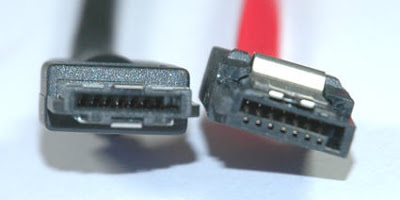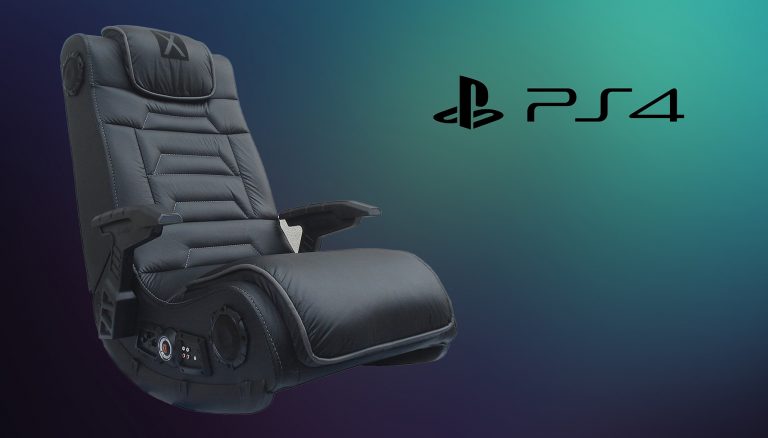Thunderbolt 2 vs USB 3.0 vs eSATA – Which port is the fastest?
When choosing a hard drives, people would normally concern themselves with the size, space, shape and type they’d pick. Another decision a lot of people fail to consider properly, however, is the Thunderbolt 2 vs USB 3.0 vs eSATA ports.
Related Articles:
Before diving deeper into the Thunderbolt 2 vs USB 3.0 vs eSATA debate, let’s talk about why it’s important to take into consideration, the way your hard drive connects to your computer:
Speed – Different interfaces come with different speeds. If you’re a photographer who takes thousands of shots a day and needs to process them daily as well, you’ll want to go with the fastest interface available. If, however, you keep your hard drive as a simple backup for your documents, then the interface speed may not be too important.
Availability of port – One of the most common topics in the Thunderbolt 2 vs USB 3.0 vs eSATA debate is the availability of the ports. Depending on the type of computer you’re using and how old it is, you’re restricted to certain types of ports. In terms of availability of port, USB 3.0 obviously wins, as it’s the dominant interface for most devices from mouse to external hard drive. The popularity of eSATA ports is quickly declining, especially since a lot of gadgets are losing more and more ports to get smaller form factors. Since most external hard drives you see have USB interfaces anyway, manufacturers don’t see the point of adding an eSATA port especially in netbooks and other tablets.
Availability of connector – If you lose the connector cable, would you easily be able to buy one in the nearest tech store? Hard drives with obscure interfaces could almost always be considered disposable, as they become useless when their obscure connectors break.
Top Speed – USB 3.0 can deliver a speed of 5Gbps and eSATA 6Gbps. The Thunderbolt port stands out with its 20Gbps of speed. With this figures, one may assume that the Thunderbolt port could’ve easily won the Thunderbolt 2 vs USB 3.0 vs eSATA debate. However, the speeds indicated are only the theoretical maximum and will therefore still depend on the actual device. Still, Thunderbolt 2 remains the most promising of the three in terms of speed.
Thunderbolt 2 is becoming more and more common, but not as common as USB 3.0 ports. If you’re a Mac user, then you most likely have one. For PC users, you may have to buy a PC port adapter. The Thunderbolt 2 vs USB 3.0 vs eSATA debate seems to talk about the problem of availability a lot, which is why you’ll want to take into consideration the type of computer you have and its available ports.
The USB interface is taking over. In the Thunderbolt 2 vs USB 3.0 vs eSATA debate, the only reason why you should go for the other two interfaces is if you need much higher transfer speeds and have the ports to support them. Otherwise, you’ll want to stick with the classic: the USB 3.0.


![SYSTEM THREAD EXCEPTION NOT HANDLED error on Windows [FIX]](https://hddmag.com/wp-content/uploads/2017/08/SYSTEM-THREAD-EXCEPTION-NOT-HANDLED-featured-768x351.jpg)
![Broadcom Wifi can’t find wireless networks [Fix]](https://hddmag.com/wp-content/uploads/2017/07/Windows-10-featured-768x432.jpg)


